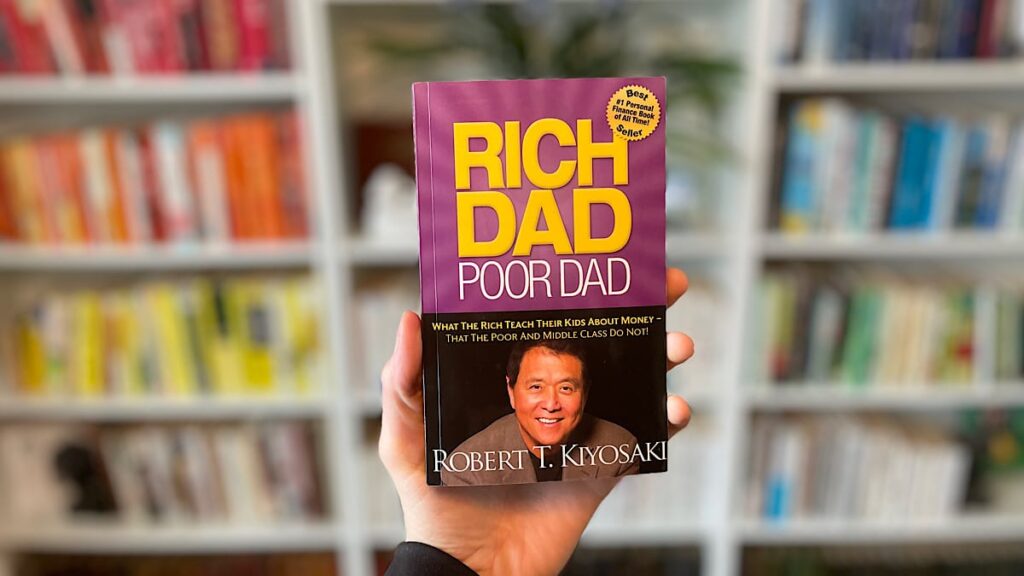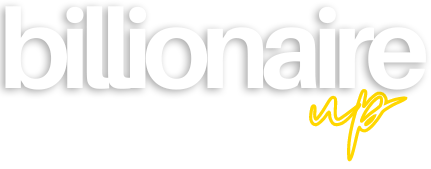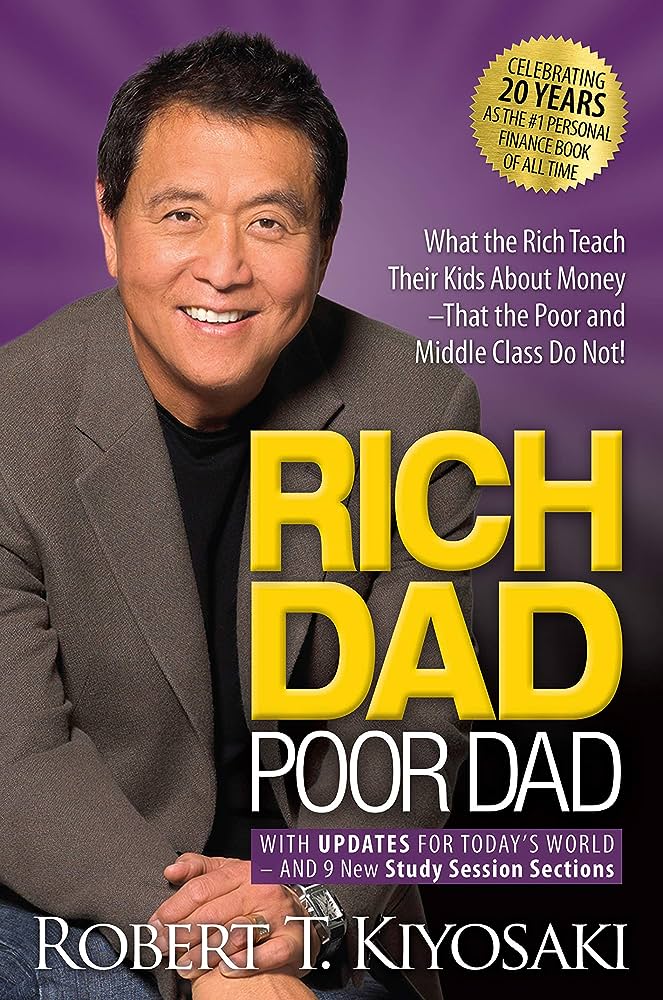Unraveling the Wealth Paradigm: Exploring “Rich Dad Poor Dad” by Robert Kiyosaki and Sharon Lechter
In the realm of wealth-building literature, few works have left as indelible a mark as “Rich Dad Poor Dad” by Robert Kiyosaki and Sharon Lechter. This timeless classic offers not just financial advice, but a profound shift in mindset, guiding readers towards a path of financial independence and success.

The Tale of Two Dads
At its core, “Rich Dad Poor Dad” contrasts the differing philosophies of two father figures: the author’s biological father (referred to as “Poor Dad”) and his friend’s father (dubbed “Rich Dad”). Through poignant anecdotes and practical lessons, Kiyosaki illustrates how the contrasting beliefs and actions of these two men shaped their financial destinies, providing readers with invaluable insights into wealth accumulation.
Shattering Conventional Wisdom
One of the book’s most compelling aspects is its challenge to conventional notions of success and financial literacy. Kiyosaki argues that traditional education often fails to equip individuals with the skills needed to navigate the complex world of money. Instead, he advocates for financial education outside the classroom, emphasizing the importance of understanding concepts such as assets, liabilities, and passive income.
The Importance of Mindset
Central to “Rich Dad Poor Dad” is the idea that one’s mindset plays a pivotal role in determining financial outcomes. Kiyosaki stresses the significance of adopting an entrepreneurial mindset, encouraging readers to view obstacles as opportunities and to take calculated risks in pursuit of their financial goals. By reframing their approach to money, readers can break free from the cycle of scarcity and embark on a path towards abundance.
Building Wealth through Assets
A key principle espoused in the book is the distinction between assets and liabilities. Kiyosaki emphasizes the importance of acquiring income-generating assets, such as real estate and businesses, which have the potential to appreciate in value over time. By prioritizing the accumulation of assets over liabilities, individuals can build a solid foundation for long-term wealth creation.
Achieving Financial Independence
Ultimately, “Rich Dad Poor Dad” offers readers a blueprint for achieving financial independence. Through a combination of mindset shifts, strategic investment, and continuous learning, Kiyosaki argues that anyone can take control of their financial destiny. By embracing the principles outlined in the book, readers can break free from the constraints of traditional employment and create a life of abundance and fulfillment.
Conclusion
In conclusion, “Rich Dad Poor Dad” is not just a book about money—it’s a manifesto for personal empowerment and financial freedom. By challenging ingrained beliefs and offering practical guidance, Robert Kiyosaki and Sharon Lechter have provided readers with the tools they need to rewrite their financial story. Whether you’re a seasoned investor or a novice, this timeless classic is a must-read for anyone seeking to build wealth and unlock their full potential.
You can purchase the book here on Amazon – Rich Dad Poor Dad: What the Rich Teach Their Kids About Money That the Poor and Middle Class Do Not!


